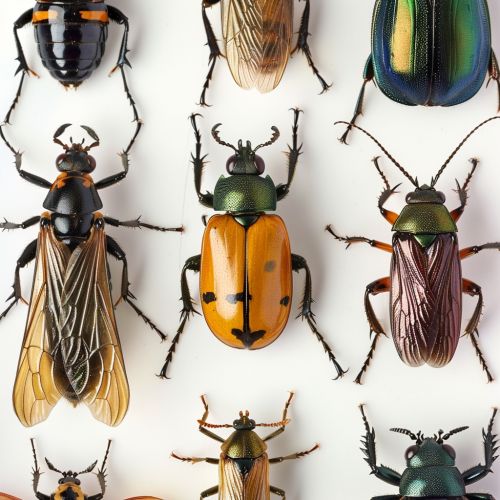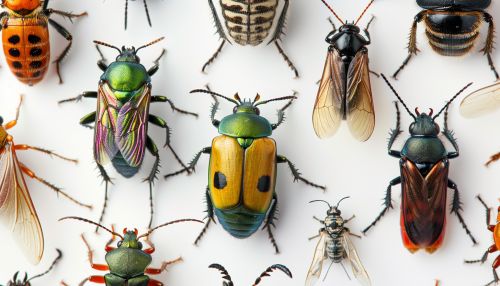Insect Orders
Introduction
Insects, belonging to the class Insecta, are the most diverse group of organisms on Earth. They are characterized by their segmented bodies, jointed legs, and external skeletons. Insects are classified into various orders based on their shared characteristics. This article delves into the various orders of insects, providing expert-level information on their distinguishing features, life cycles, and ecological roles.


Classification of Insects
The classification of insects is a complex process that involves the study of various morphological, physiological, and behavioral characteristics. The system of classification used today is based on the work of entomologists who have studied and categorized insects over centuries. The highest level of classification within the class Insecta is the order. There are approximately 30 recognized orders of insects, each with its unique set of characteristics.
Major Insect Orders
Coleoptera
The order Coleoptera, commonly known as beetles, is the largest order of insects, with more than 350,000 described species. Beetles are characterized by their hard, protective exoskeleton and forewings, known as elytra, which cover the hind wings when at rest.
Diptera
The order Diptera, or true flies, includes mosquitoes, gnats, and flies. Dipterans are distinguished by their single pair of wings, with the second pair reduced to small knobbed structures called halteres that aid in balance during flight.
Hymenoptera
The order Hymenoptera includes bees, wasps, ants, and sawflies. Members of this order are known for their complex social structures and their role as pollinators.
Lepidoptera
The order Lepidoptera comprises butterflies and moths. Lepidopterans are known for their large, often brightly colored wings and their unique life cycle involving a caterpillar stage.
Hemiptera
The order Hemiptera, or true bugs, includes insects such as aphids, cicadas, and shield bugs. Hemipterans are characterized by their piercing and sucking mouthparts.
Orthoptera
The order Orthoptera includes grasshoppers, crickets, and katydids. Orthopterans are known for their powerful hind legs adapted for jumping and their ability to produce sound by stridulation.
Lesser-Known Insect Orders
While the aforementioned orders are well-known, there are several lesser-known insect orders that are equally fascinating. These include the Mantodea (praying mantises), Odonata (dragonflies and damselflies), Blattodea (cockroaches and termites), and Phasmatodea (stick and leaf insects), among others.
Ecological Roles of Insects
Insects play crucial roles in various ecological processes. They act as pollinators, decomposers, and are a vital part of the food chain. Insects also have significant impacts on human life, both beneficial and detrimental, through their roles in agriculture, disease transmission, and pest control.
Conclusion
Understanding the orders of insects provides a foundation for appreciating the incredible diversity and complexity of these organisms. Each order represents a unique evolutionary pathway, with its own set of adaptations and ecological roles. The study of insect orders continues to be a vibrant field, with new discoveries continually expanding our knowledge of these fascinating creatures.
